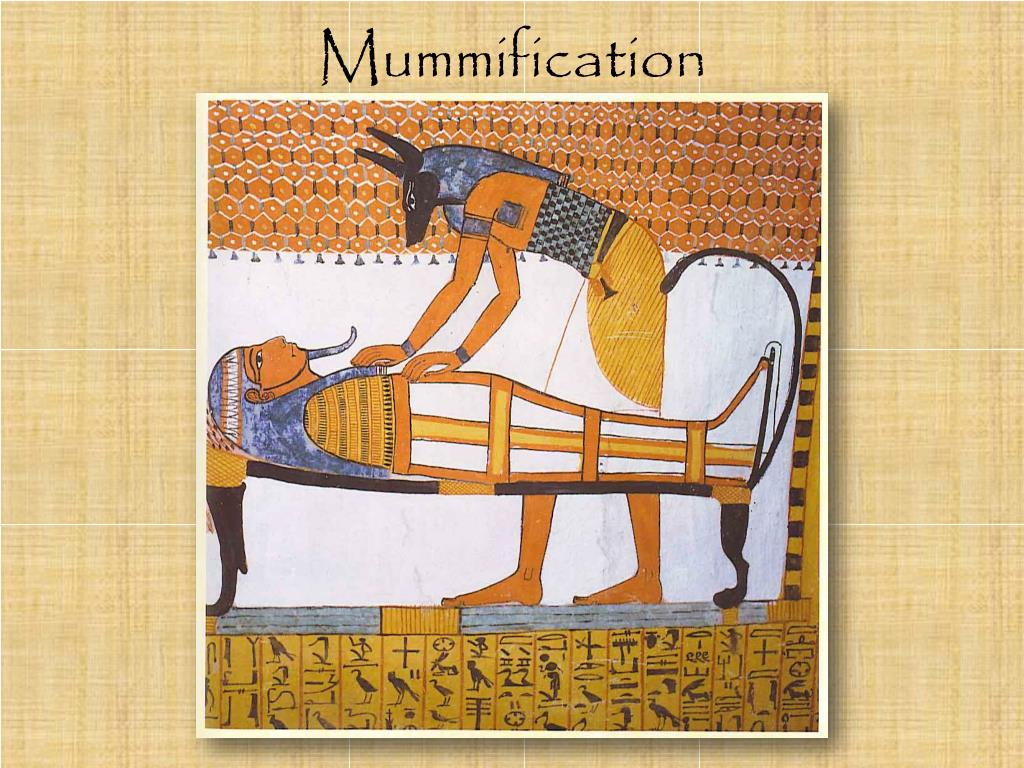
‘I left the company to become a mature student, aged 27 … with the idea of doing a PhD at the time in environmental chemistry.’ Death on the Nile

It gave Buckley the opportunity to refine his skills in analytical chemistry, but, ultimately, he wanted to go into academic research. Following a college course in chemistry, Buckley spent around nine years at the NOHS analysing blood and urine samples for signs of chemical exposure and contamination using a wide range of analytical techniques, including gas chromatography mass spectrometry (GC–MS). ‘They were one of the forerunners of looking after people’s health at work,’ he says. For Buckley, immortalising Alan was the culmination of a 20-year quest to decipher the chemistry at the heart of ancient Egyptian life.īut the quest’s denouement stands in stark relief to where Buckley started his journey: the National Occupational Hygiene Service (NOHS). ‘Torquay’s Tutankhamun’ had volunteered for a unique experiment – set up to determine how the ancient Egyptians mummified queens and pharaohs with salts, spices and waxes. In late 2011, along with Egyptologist Joann Fletcher and a team of pathologists, Buckley mummified Alan Billis, a 61-year old taxi driver from Torquay who had died from lung cancer. ‘We mummified a human being,’ states Stephen Buckley, an archaeological chemist from the University of York, UK.


 0 kommentar(er)
0 kommentar(er)
